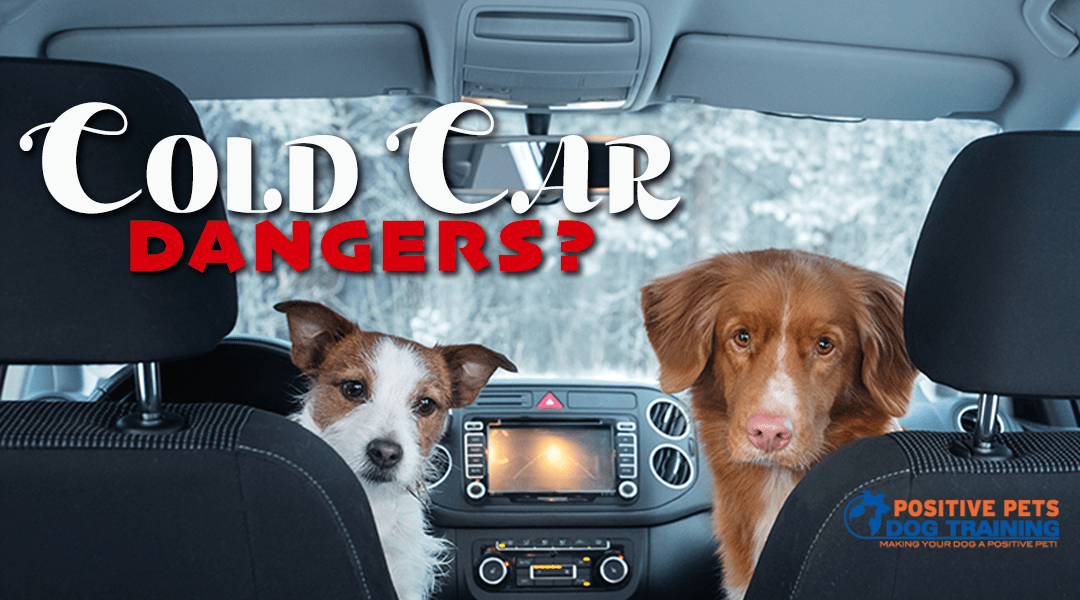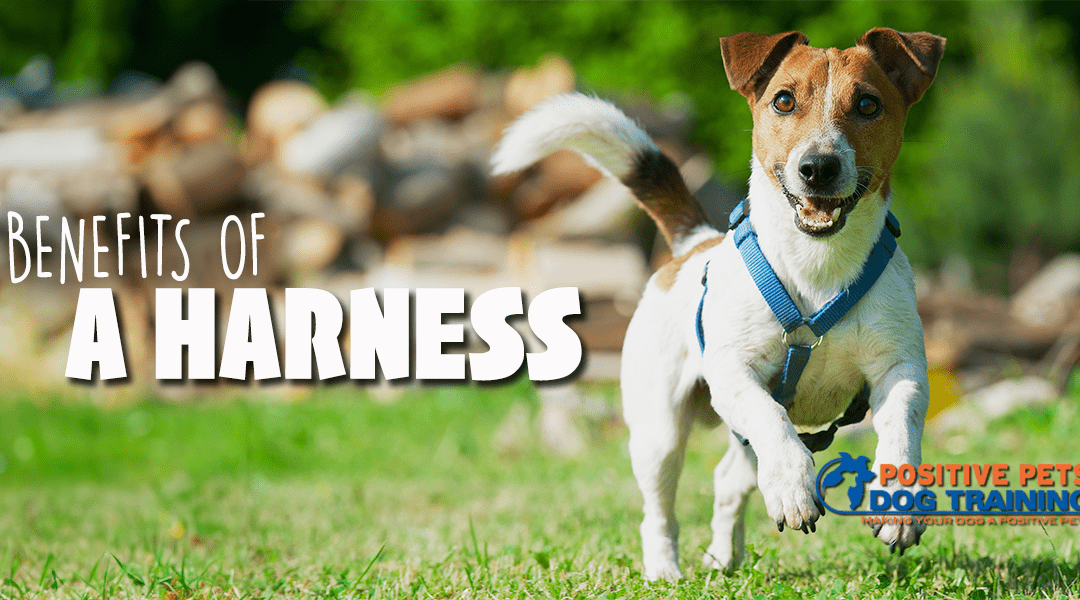In general, dogs love to making new friends. However, some are quite fearful of strangers, so if your dog hides or runs away when meeting someone, it’s important to understand their reasons for doing so in order to help him most past it.
Reasons
Though there are many reasons a dog may be fearful of people it doesn’t know, below are some of the most common.
- Genetics – A shy or timid dog is more likely to produce skittish offspring.
- Lack of Socialization – Puppies who do not meet a lot of people are more likely to develop a fear of new people.
- History of Abuse – Dogs who have been previously abused may also be afraid of strangers.
Easing Fear
All dogs react differently when they are scared, from cowering in a corner to growling or snapping. Training a dog to not be afraid takes time and patience. One of the ways we encourage our dog’s fear is by expecting it. The best way to help your dog remain calm is be friendly and relaxed yourself when your dog is meeting someone new. Do not force a situation on your dog, as this could cause them to lash out and possible bite. A certified dog behaviorist can help manage strategies for coping with your dog’s fear.
Prepare New Visitors
Have your guest ignore the dog completely, with no petting and no eye contact, only tossing some treats toward the dog. Repeating this process may help your dog slowly associate strangers with a positive experience. If you notice aggressive behavior, contact a certified dog behaviorist to define triggers. When your dog does decide to approach the visitor, they should avoid eye contact and move slowly.
A Stress-Free Place
A dog should have a space where he knows he will be left alone, whether for a nap or to relieve him self from a stressful situation. This can be a crate, a corner of a room with a bed or blanket, or a separate area of the house.
Ask Your Vet
Your veterinarian can help you decide if medication may be helpful to ease your dog’s fear. They can also recommend a behaviorist or a certified trainer to help your dog become more confident and less fearful.
Obedience Training
If you notice fear in your dog, the sooner you begin addressing the issue the better. A trainers will more than likely suggest a desensitization and training plan. Some situations may call for the pet to be removed from fear-inducing situations, while other may begin with a muzzle. Note that muzzles are best used under supervision with a trainer who has experience with them, in appropriate situation, and properly fitted. A proper muzzle is necessary to ensure your dog can breathe properly.
A fearful dog can cause tension and challenges for owners, but with proper guidance, your dog can become well acclimated to strangers and new environments.


